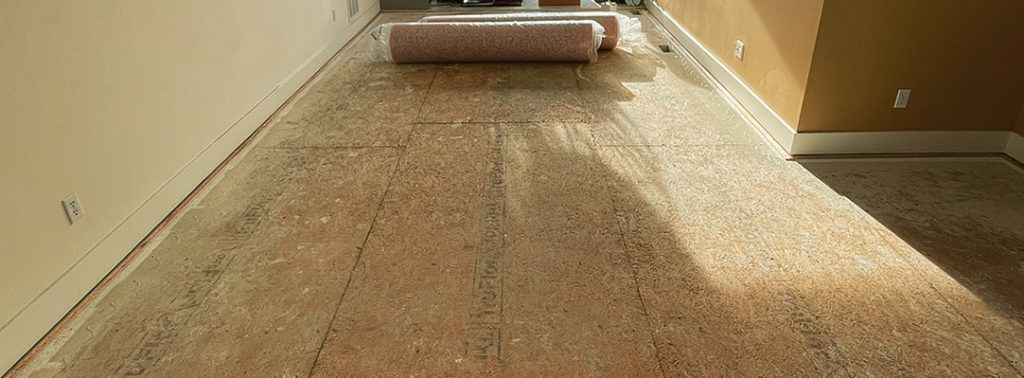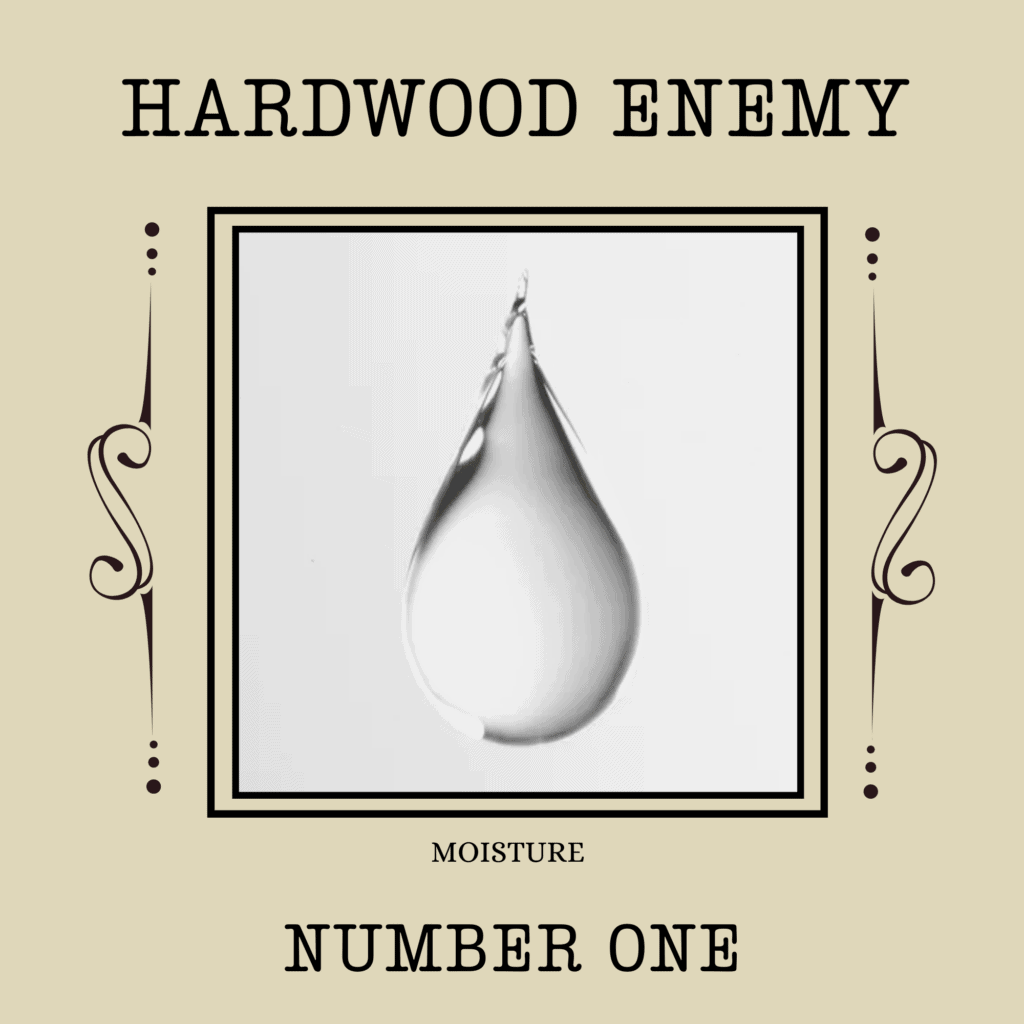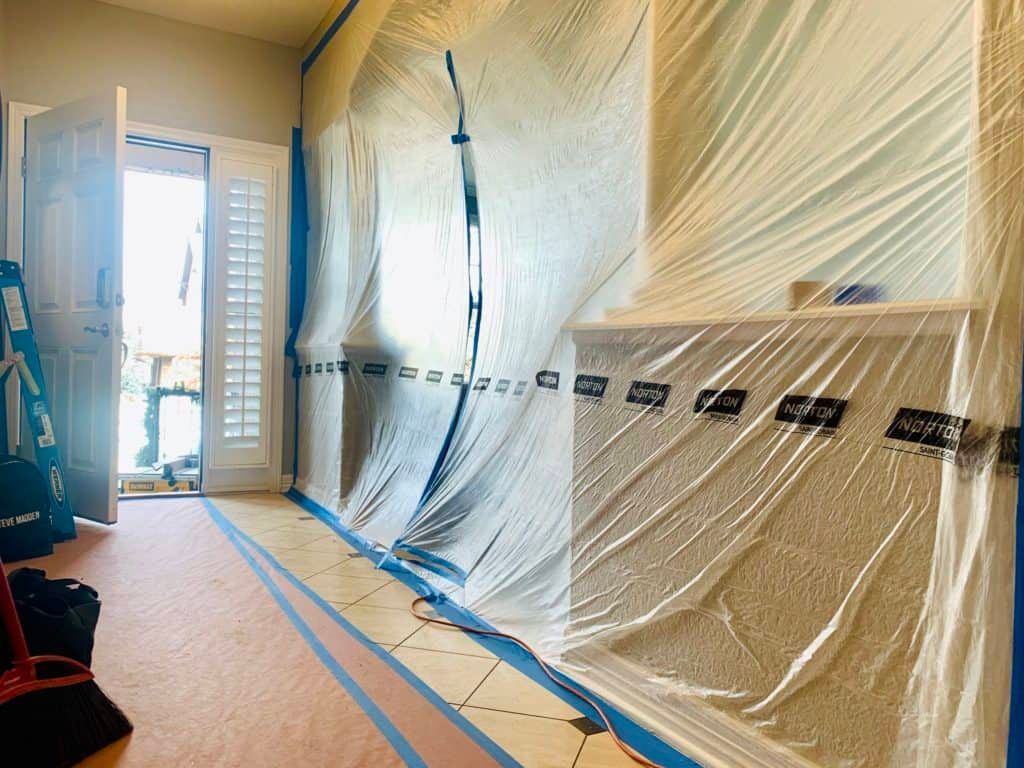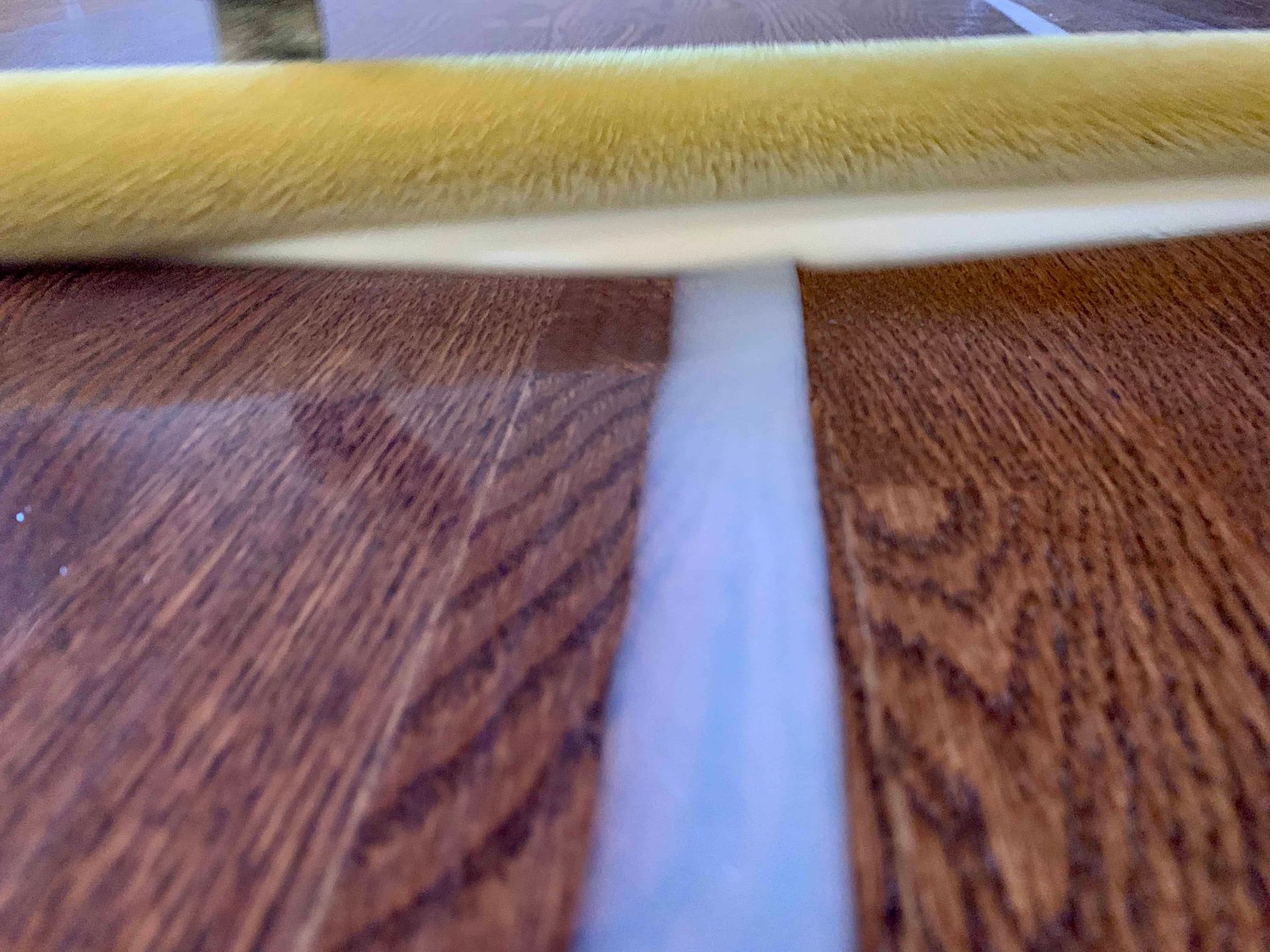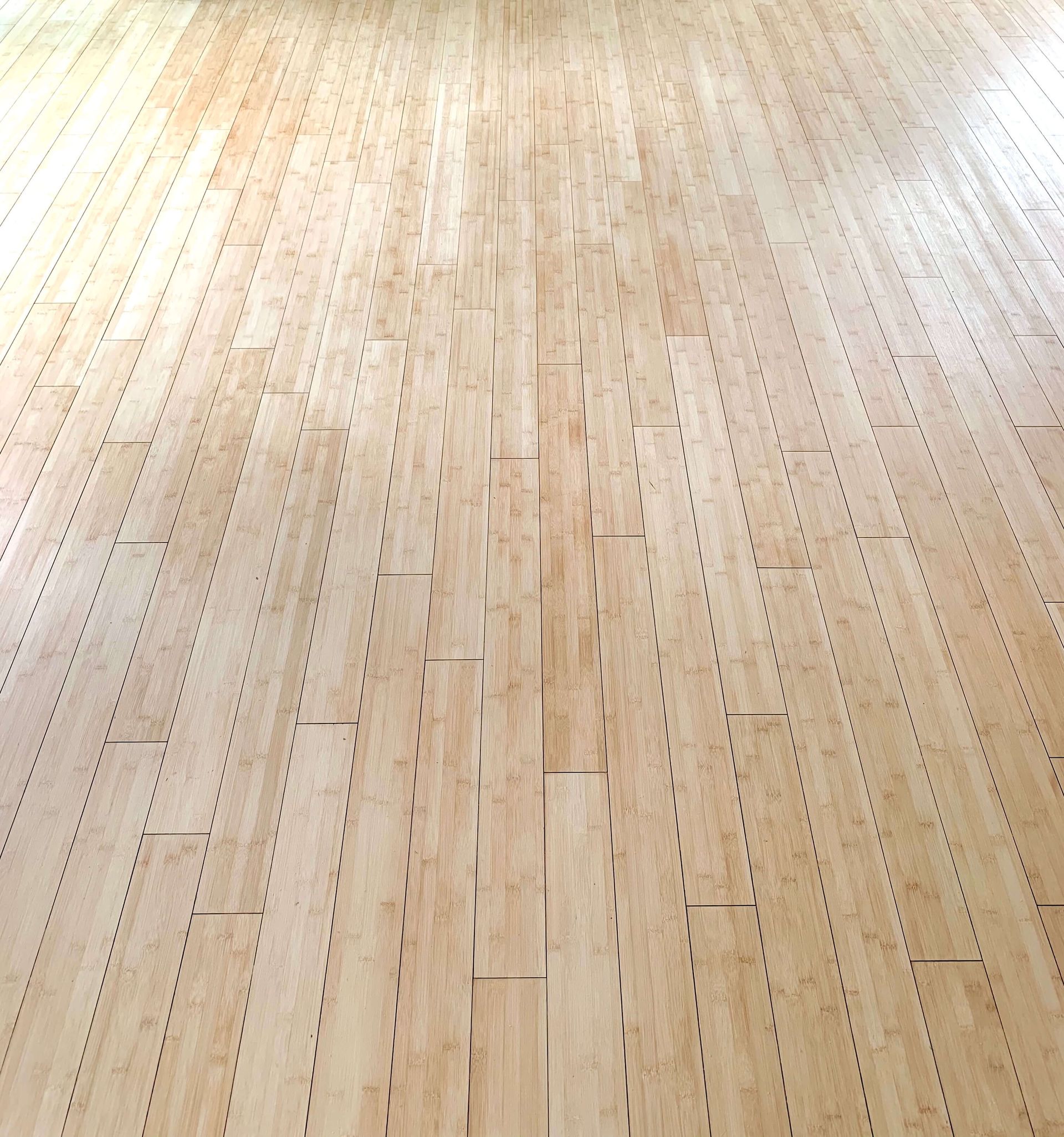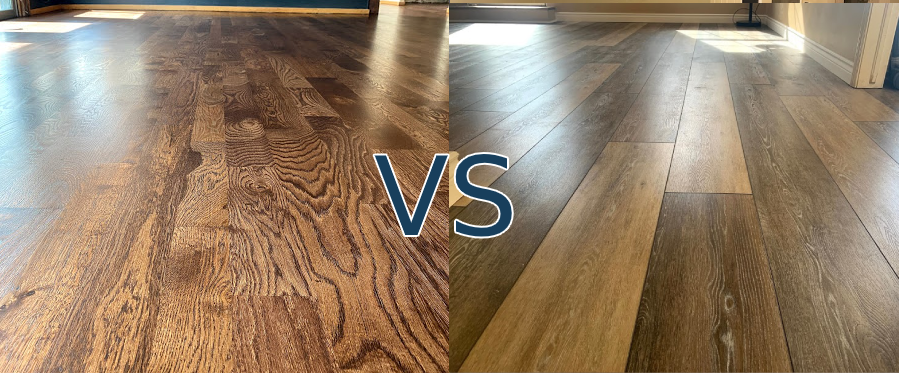Get in touch
Call: (720) 539-9899
Email: walnuthardwoodllc@gmail.com
Service Areas: Denver, Aurora, Lakewood, Thornton, Arvada, Westminster, Centennial, Boulder, Longmont, Greeley, Fort Collins, Littleton, Englewood, Broomfield, Castle Rock, Commerce City, Parker, and Brighton in Colorado.
Business Hours
- Mon - Thu
- -
- Friday
- -
- Sat - Sun
- Closed
Hardwood Species Comparison and Characteristics
From oaks and maples to glittering aspens, the United States is home to several types of hardwood trees that grow throughout the country. With so many hardwood species available it can be difficult to decide which to use for your flooring. Should you install something domestic or maybe exotic? Perhaps you have always dreamt of putting in a specific species. In order to determine the best hardwood for you and your home, it is important to consider the species type, its innate characteristics and overall performance.
Walnut Hardwood LLC is a Denver-based flooring contractor committed to providing the best information for our clients and neighbors. In this article, we will answer commonly-asked questions about hardwood species and their specific characteristics.
Other related topics: Refinishing Hardwood: What to Expect and How to Clean Hardwood Floors .
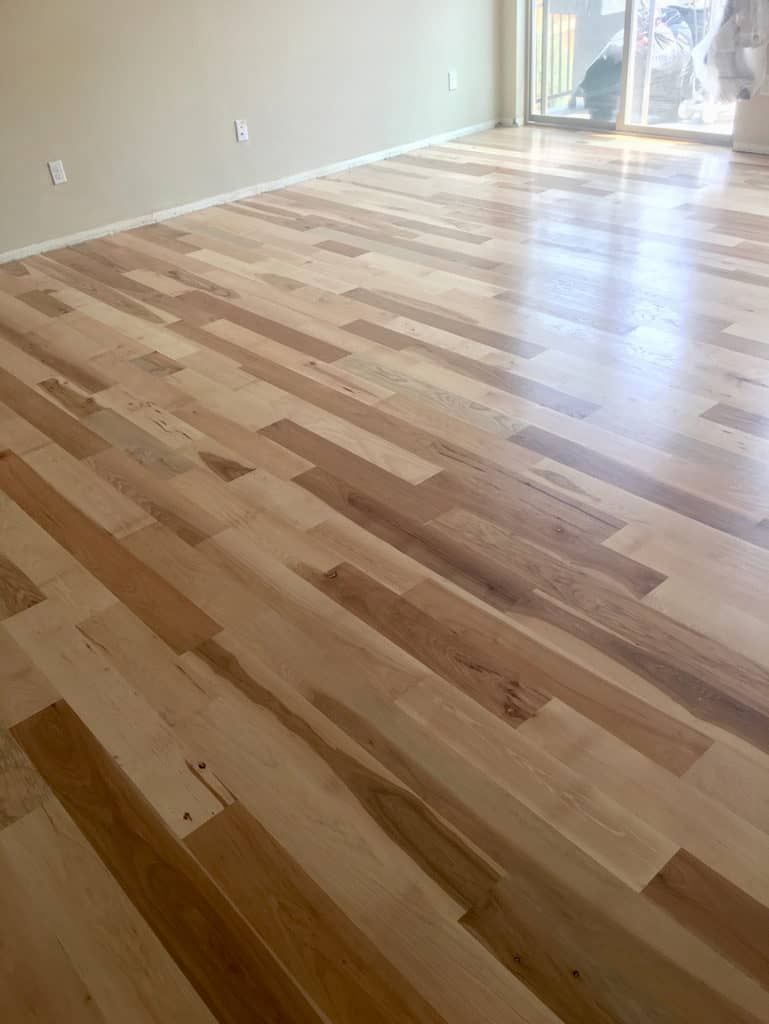
When it comes to hardwood species, the U.S has a variety of options. Each hardwood has its own unique appearance, hardness and stability and you’ll want to consider each of these factors when choosing your flooring material. Out of all the hardwood species in the U.S, the quercus species, better known as oak, is the most common. The species has two varieties, red and white oak, with northern red oak being the most ubiquitous. Besides oak, other domestic hardwoods commonly used in flooring are American black walnut, hard maple and hickory.
This variety of hardwoods have a lot to offer when it comes to appearance. The following chart compares each species’ coloring and graining. These characteristics affect the look of your flooring and are important to consider when choosing a style that fits you and your home. Knowing each species initial coloring and graining will also help you decide whether or not to apply a stain color.
Domestic Species
| Characteristics | Red Oak | White Oak | Hickory | Hard Maple | American Black Walnut |
|---|---|---|---|---|---|
| Heartwood coloring | Reddish brown to light brown | Pale to dark, grayish brown | Light to dark reddish brown | Dark reddish brown | Light to dark brown |
| Sapwood coloring | Pale, light brown | Pale, light brown | Creamy white, yellow to light brown | Creamy white | Golden, creamy |
| Graining | Distinct, raw texture, open graining | Similar to Red Oak | Mostly straight, even textured | Straight smooth, even textured | Mostly straight, natural brilliance |
| Notes | Northern sourced Red oak typically has less color variation than southern trees. | More even toned than Red Oak | Boards often have both heartwood and sapwood providing lots of character. | The sapwood is used more than the heartwood. Flooring commonly used in gymnasiums. | Boards often have both heartwood and sapwood giving the boards ribboning color variation. |
This is an overview of general species characteristics, but growth location also plays a role in overall appearance and heartwood-to-sapwood ratio. Since wood is a natural product, be aware that uniformity in color and graining is often difficult to achieve.
Exotic Species
Along with domestic species of hardwood, there are several exotic species that are also suitable for flooring. Some popular styles are Brazilian cherry or walnut, Australian cypress, Burmese teak and Santos mahogany.
Below are some of their identifiable characteristics:
| Characteristics | Brazilian Cherry | Brazilian Walnut | Australian Cypress | Burmese Teak | Santos Mahogany |
|---|---|---|---|---|---|
| Source Location | Central and South America | Central and South America | Australia | Southern Asia | South America |
| Heartwood coloring | Deep red with orange, brown & black streaks | Chocolatey brown/orange with hints of olive green | Golden brown | Orangey brown with tiger-like striping | Varying: dark browns and reds with hints of purple, orange and yellow tones |
| Sapwood coloring | White and gray | Creamy yellow | Creamy yellow | Limited quantity | Pale yellow, brown, white |
| Graining | Interlocked which causes a ribboning affect, somewhat cours | Interlocked | Smooth, straight grain | Straight or wavy grain with heavier texture | Fine textured grain with a brilliant sheen. Interlocked. |
| Notes | The wood darkens overtime and more quickly in the sun. Known to have natural occurring white spots which are from mineral deposits. | Sapwood typically isn’t present in boards cut for flooring. | Distinct dark knotting throughout the boards | Oily making it difficult to sand, darkens with age. – Genuine Teak | Darkens with age |
There is a lot of variety between domestic and exotic hardwood species from overall coloring, graining and texture, to character marks like knots. You may be asking yourself, how do I know what I’m buying? The good news is that hardwood is graded according to the amount of heartwood vs sapwood, graining and amount of character markings, like knots. By choosing a specific grade, you’ll have a better idea of what to expect when your hardwood planks are delivered.
Grading
The National Hardwood Lumber Association (NHLA) breaks down the grade classifications by the following names Select, #1 Common and #2 Common.
Select: means the boards were selected first after being sawn. Typically, these boards are mostly heartwood and have an even coloring or less variation as well as little to no character markings. Therefore, these areas of sawn timber have the most even appearance.
#1 Common: are the boards that fall in the middle with some color variation, notable graining and knotting.
#2 Common: consists of boards with the most color variation, graining and knotting. This grade typically has a rustic look and is comprised of shorter boards because it is made up of the remaining pieces that weren’t chosen for #1 or Select.
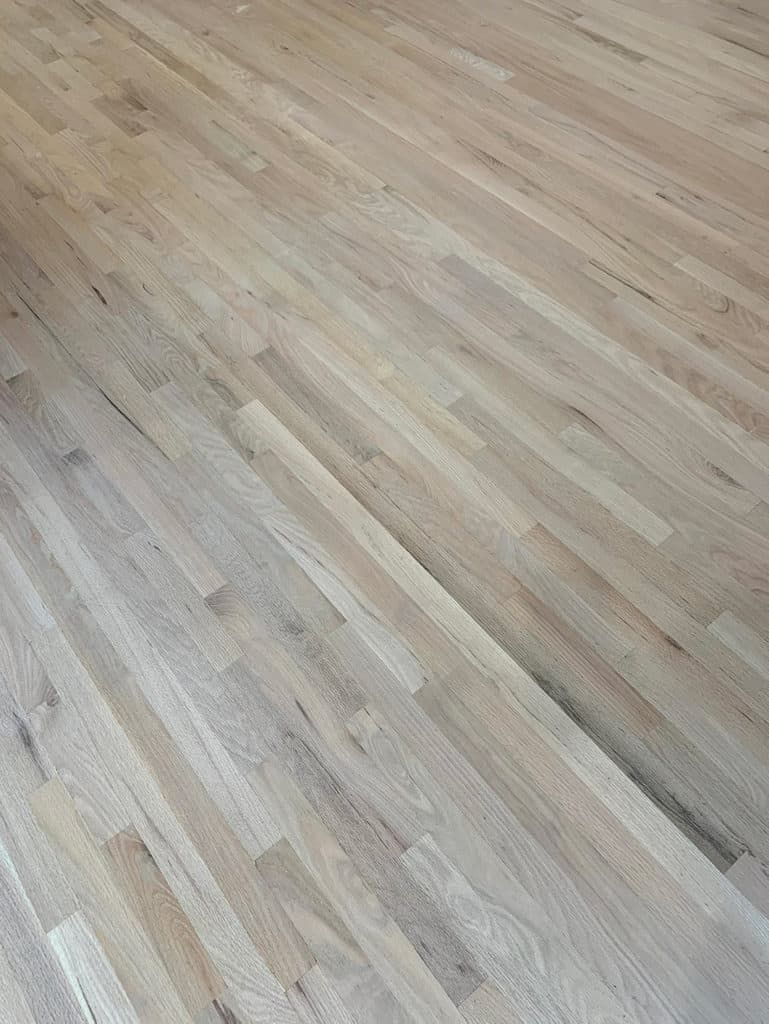
Red Oak grade #1 Common
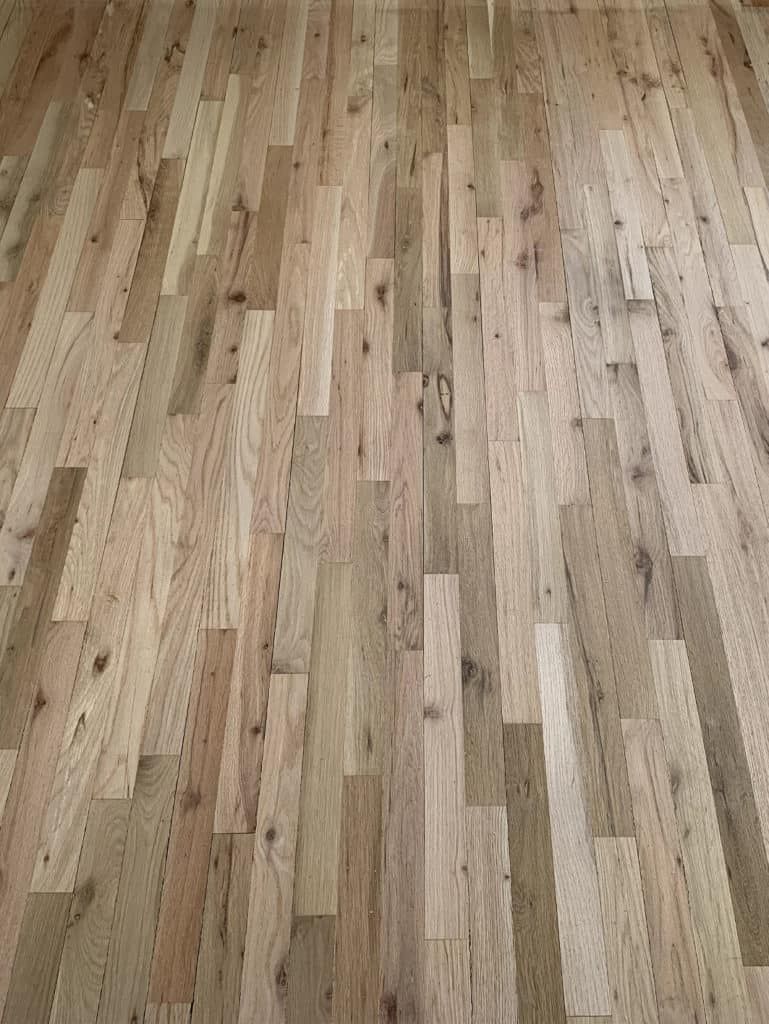
Red Oak grade #2 Common
You may also find hardwood that is described as Clear grade. This grade is even “cleaner” looking than Select. In fact, most exotic species will be sold in Clear grade. This doesn’t always mean the color will be uniform, that depends on the wood’s properties, but Clear means there should be very few to no character marks in the boards.
Performance
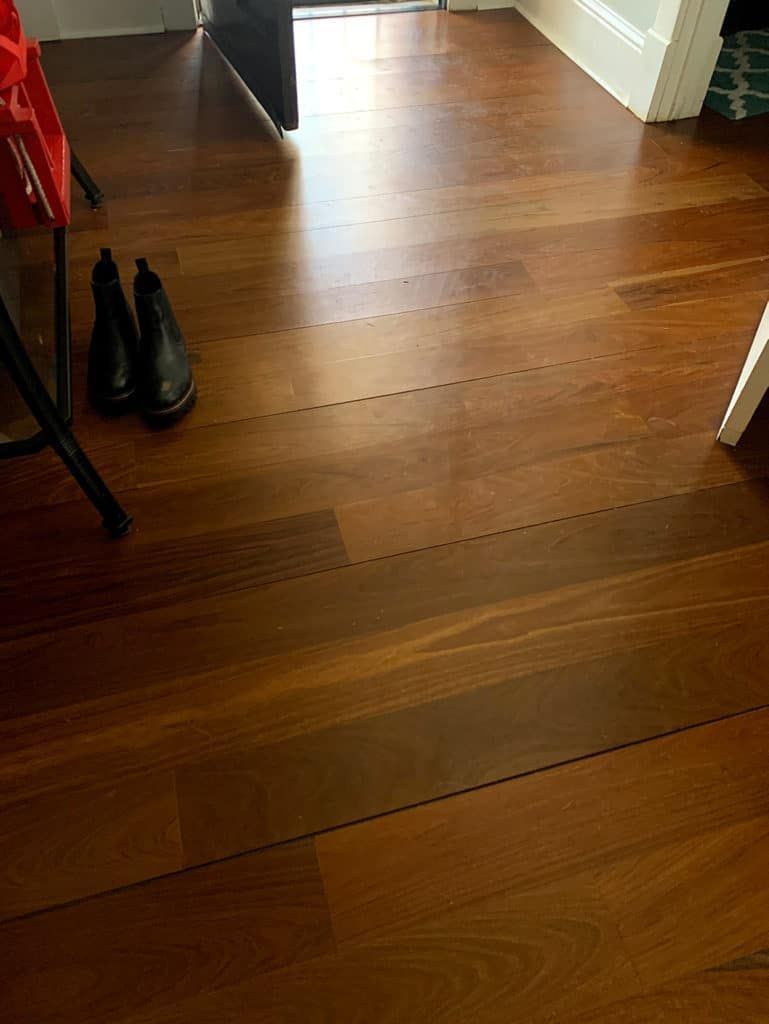
As you consider which species to install in your home you’ll want to look into how well the hardwood performs with regard to durability and moisture resistance. This is important to keep in mind because the climate varies hugely from region to region in the U.S. For example, in Denver, CO the air is much dryer and moisture levels in the air change throughout the year. Along with the outdoor climate, you’ll also want to consider your home’s indoor climate.
How does your home’s climate affect your floors?
For example, whether you have central air or radiant heat will affect the type of wood you can install in your home. There are some hardwoods that cannot be installed over radiant heat. One way to test your home’s environment is to buy a hygrometer. It is an inexpensive tool that will help you measure the relative humidity in your home. Hardwood performs best between 30%-50% relative humidity and in a temperature range between 60-80 degrees Fahrenheit. Drastic changes in the humidity levels can cause or increase the amount of gapping in your floors in the winter months or cupping in the summer months. This is why it’s important to keep your home’s environment as stable as possible.
Other factors to consider
- Installation process: If you are installing new hardwood your contractor MUST acclimate the new wood inside the home so that it can adjust to the new environment. During this process the wood will naturally release or retain moisture depending on the moisture content in the air. Acclimating the wood and checking the moisture levels in the material before installing will help ensure that the boards have stabilized.
- Species type: can also affect how well the hardwood performs in your home’s environment. You may be familiar with the Janka scale (see fig. 4) which is how hardness is measured in hardwood. Some homeowners specifically look for harder rated materials because they want something durable. While hardness prevents dents and deep scratching from occurring over time, denser hardwood usually takes longer to acclimate because of its cell structure.
- This is especially true for exotic species. If you’re interested in installing an exotic hardwood, having a stable environment will be especially important in preventing gaps or cupping.
How moisture content relates to performance.
While some species offer hardness others offer stability. Between the two you can decide which hardwood is right for your home.
Domestic
- Take American Walnut: on the Janka scale, it isn’t as hard as red oak, but it is more stable when it comes to adjusting to relative humidity changes.
- Hard maple rates higher than red oak on the Janka scale but isn’t as stable as red oak.
- The same goes for Hickory.
Exotic
- Out of the above mentioned exotic woods, some are softer than red oak but all of them are more stable. However, since most of them are harder/denser, have different cell structures and oily compositions, they can take longer to acclimate.
As we’ve discussed, hardwood’s natural properties will affect how well it performs in any given household. Your contractor should be able to assist you with any questions you have about which hardwood species are right for your home.
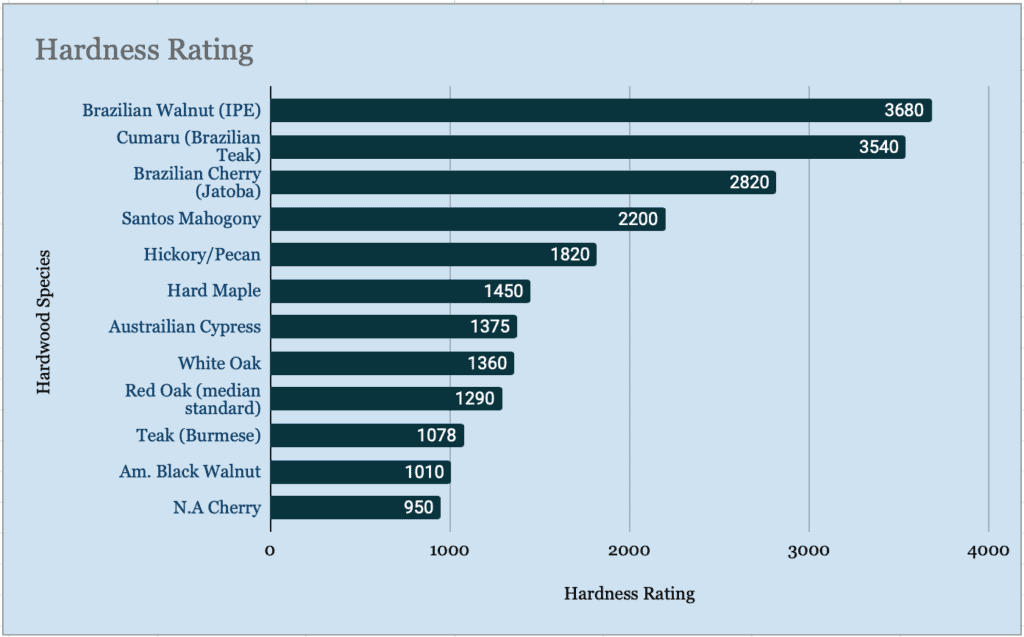
Walnut Hardwood LLC
Address
Phone
Business Hours
- Mon - Thu
- -
- Friday
- -
- Sat - Sun
- Closed
Service Areas
Denver, Aurora, Lakewood, Thornton, Arvada, Westminster, Centennial, Boulder, Longmont, Greeley, Fort Collins, Littleton, Englewood, Broomfield, Castle Rock, Commerce City, Parker, and Brighton in Colorado.
Business Hours
- Mon - Thu
- -
- Friday
- -
- Sat - Sun
- Closed

